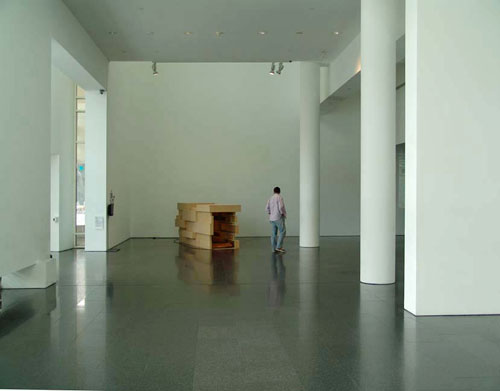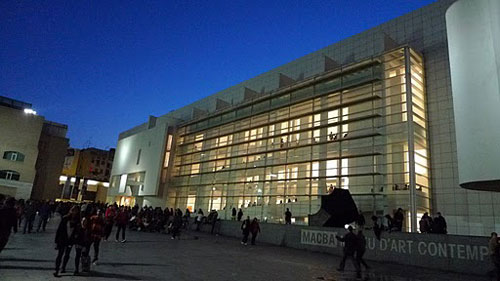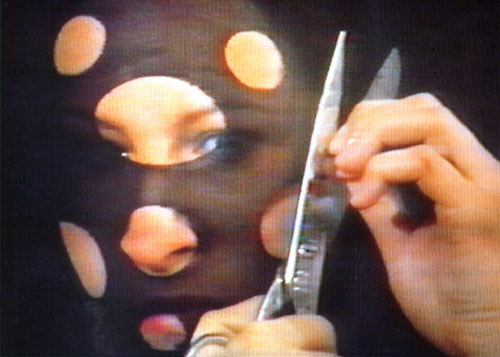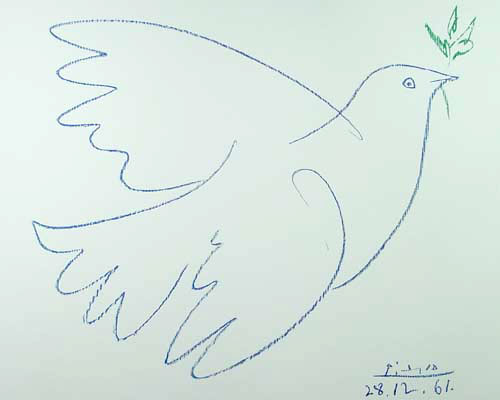From the 14th of May, MACBA presents exhibition Museo de las Narrativas Paralelas, commissioned by Zdenka Badovinac and Bartomeu Marí. It is the first to be organised by The International, which is an initiative formed by five European museums, in 2009, of over 40,000 works.

The show compiles one hundred pieces from the Galerija Museum of Modern Contemporary Art in Slovenia, in participation with the Bratislava Julius Koller Society Museum, Van Abbemuseum, de Eindhoven Museum van Edendaagsen Kunst, de Amberes, and MACBA in Barcelona.
This interesting exhibition attempts to question the existing narratives in art, in which western area of Europe has implemented a series of aesthetically acceptable rules; ignoring the important creative processes taking place in the ex-Soviet Union – two parallel creative processes which did not meet. Despite the creative richness which arose from the complex political climate, many Eastern European artists are practically unknown, along with their work.
During the 70s and 80s there took place interesting experimentation with the notion of the body amongst artists in Eastern Europe, who challenged and questioned the social, political and philosophical norms, denouncing the banality of power, and the irrationalities of the Soviet communist regime. It was a kind of aesthetic which confronted power through the use of the body as a liberator.
Amongst these artists were Czechs Pert Stembera and Jan Mlcoch, who made installations using their bodies as a comment on the socio-political reality, deliberately subjecting themselves to physical danger and violence. Stembera started out as a painter in 1966, before moving to Paris after the events of 1968 and experimenting with self-inflicted experiments, such as going without food for prolonged time periods.
In june 1971, Stembera created his first installation, which was entitled Transmission of stones. Photographs show the artist walking through the countryside, moving two enormous stones on his back. In his attempt to narrate his despair at such a complicated world, he would use all kinds of dangerous materials, such as acid and chemicals used for agriculture.
This approach to art took different forms in the United States and Europe, where artists would use their bodies and personal fragility as a tool for the powerful condemnation of damage to humanity. Known as “sociological art,” its manifesto was written in Paris by Francois Pluchart in 1974, under the title “Manifesto of Corporal Art.” For more information
http://www.macba.cat/controller.php?p_action=show_page&pagina_id=52&inst_id=30266
 Nancy Guzman
Nancy Guzman
If you want find out more about Eastern European art of the last century – which include the extreme style of art described above – visit MACBA if you happen to be renting apartments in Barcelona

 English
English Translated by: Poppy
Translated by: Poppy


